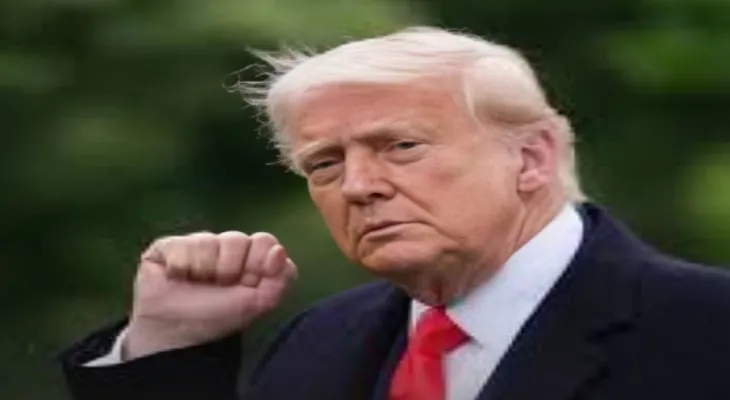Search here
Newspaper
Search here

Arab Canada News
News

Published: July 8, 2025
On Monday, U.S. President Donald Trump began sending messages to governments around the world threatening to impose high tariffs if trade agreements are not reached, despite his decision to grant more time for these agreements to be finalized.
White House spokesperson Caroline Leavitt said that Trump will sign an executive order on Monday to delay the tariffs that were scheduled to go into effect on Wednesday until August 1.
Leavitt explained that the president sent messages to several countries involved in what are known as “Day of Liberation” tariffs, and published copies of his correspondence with Japan and South Korea on his social media platforms on Monday morning, with 12 additional messages to be released throughout the day.
Although Canada was not included in these comprehensive tariffs, it still faces a 25% U.S. tariff on products related to combating fentanyl, in addition to a 10% tariff on energy and potash exports that do not comply with the trade agreement between Canada, the United States, and Mexico.
Other tariffs are also applied to Canadian steel, aluminum, and automobiles.
Trump had launched his global trade war in April with tariffs he called “reciprocal tariffs,” before quickly backing down from the most severe measures, settling for a general tariff of 10% on most countries.
In March, Trump agreed with Canadian Prime Minister Mark Carney to begin negotiations on a new security and economic partnership, which started after Carney's visit to the White House in May. However, the negotiations stalled temporarily in late June after Trump demanded the cancellation of the Canadian digital services tax on major tech companies, a tax that Ottawa scrapped before it was set to take effect on June 30.
Despite the 90-day deadline Trump set for reaching agreements, his administration has so far only signed frameworks for agreements with the United Kingdom and Vietnam.
U.S. Treasury Secretary Scott Benczkowski told CNBC on Monday that several anticipated announcements will be made within 48 hours, confirming that Trump is focused on “the quality of agreements rather than their quantity.”
Benczkowski added, “As you can imagine, when (Trump) started gathering parties and trying to close deals, and stated that countries could revert to April 2 tariffs if they did not reach an agreement, we saw many change their position in negotiations.”
Canadian Waiting and Anticipation for What’s to Come
In Ottawa, the Prime Minister’s Office said on Monday that Canada remains committed to reaching a bilateral agreement with Washington before the July 21 deadline.
In an interview with CTV, Fen Osler Hampson, an international relations professor at Carleton University, said it may be in Canada’s interest to wait until the details of the agreements the U.S. makes with other countries are clearer.
Hampson explained: “There’s what I call the advantage of the last negotiator. When you’re watching what competing countries are negotiating, you can aim for lower tariffs, making you more competitive.”
He noted that he will closely monitor the baseline tariff levels that countries will accept under the overall agreements, as well as whether there are changes in sectoral tariffs or quota agreements.
The United Kingdom negotiated a reduced 10% tariff on cars within a quota of 100,000 vehicles.
The Canadian government has pledged to follow the outcomes of U.S. negotiations with other countries this week to understand the priorities of the Trump administration as Canada approaches its deadline.
Comments